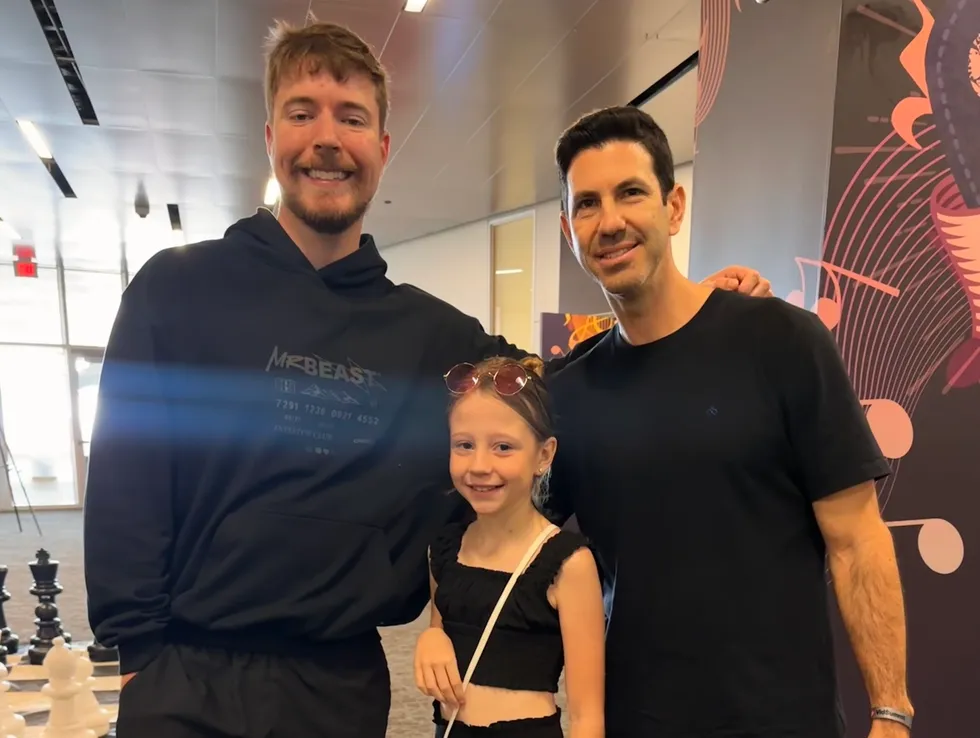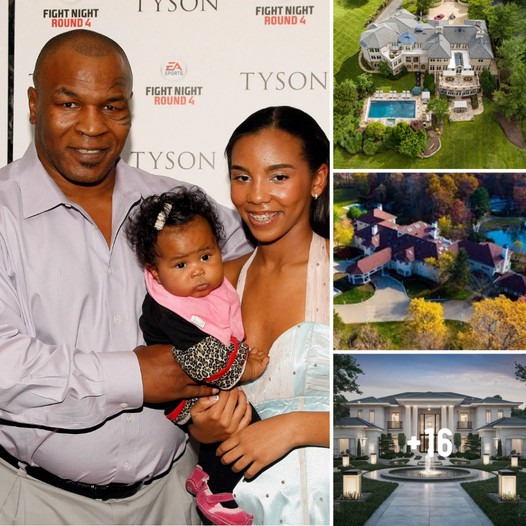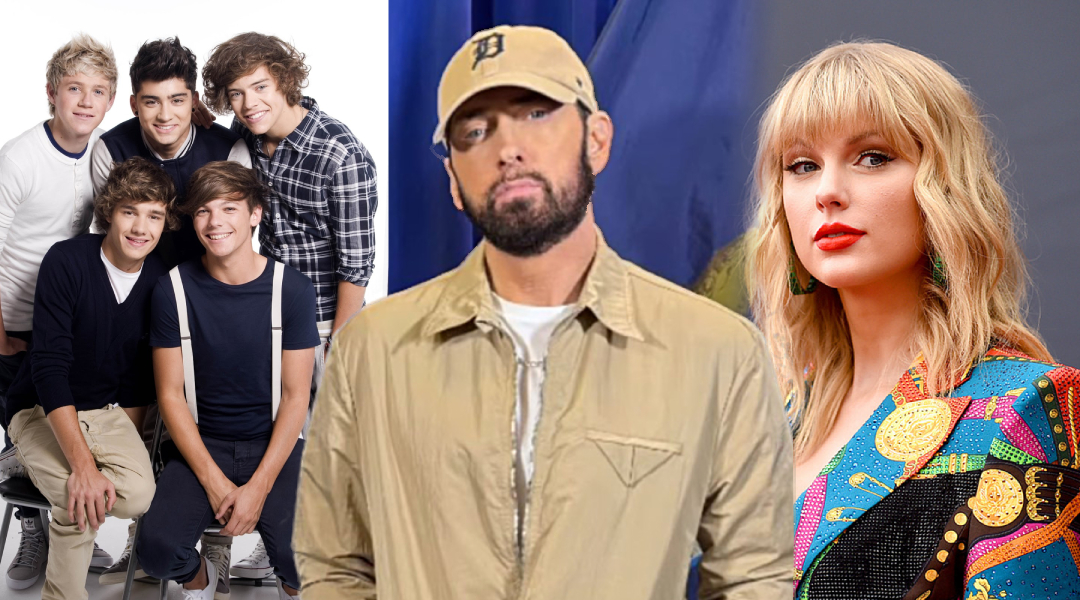Online influencers and content creators have become a large part of American culture, but they no longer only serve regional or national audiences. The expanded reach of these creators now spans the globe and impacts most nations. Some of them even become entrepreneurs who launch their own products and companies. However, the evolution of influencer culture isn’t something that happens without extra work. Special skills and strategies are needed for this viral growth, according to Eyal Baumel, who works with creators such as MrBeast, Rebecca Zamolo, and Like Nastya, about some of the techniques and trends in content globalization and monetization.

“In terms of content globalization on YouTube, several innovative creators such as Like Nastya saw a lot of success by dubbing their content and launching new channels in different languages,” Eyal Baumel says. “It was a great hack to reach a new audience without creating new content, but then YouTube launched a new feature allowing creators to add dubbing to the original video so viewers can choose which language they want to see the video in. Some big creators like MrBeast took this route, and others are still exploring what’s the best option for them.”
One of Eyal Baumel’s partners is YouTube sensation MrBeast (James Stephen Donaldson), who has a reputation for being well-liked in addition to his viral successes. He was named one of the 100 most influential people in 2023 by Time, was ranked by Forbes as the highest YouTube creator for three years in a row, and is said to be worth $500 million, despite his well-known philanthropy.
Baumel partnered with MrBeast for a big push to open up China, which is notoriously reluctant to embrace Western technology and media. Eyal says choosing which creators are a good fit for such a challenge depends on several factors, but low language and culture barriers are the keys.
“The big difference in the Chinese market is that it’s very scattered,” Baumel says. “There is no access to YouTube, Instagram, and TikTok, but there are numerous local platforms with more than a hundred million users, and their business models differ from YouTube’s. Most of the revenues in China are generated by working with brands and e-commerce, and especially live shopping, which is the biggest difference in how creators monetize in China compared to the West. We launched MrBeast in China on BiliBili because it’s a very similar platform to YouTube, but we plan to launch on several other platforms this year to make sure his content can reach as many people as possible.”
Baumel is mindful of all the cutting-edge trends, and he works to push new dynamics ahead of the curve. He utilizes many ideas and tools when working with content creators to grow their reach and revenues. But as far as applying upcoming fashions to his partner strategies or waiting to implement them once Baumel sees how the trend is playing out, Eyal has no standard pattern. He says it depends on the nature of the trend and the creator.

“I’m focused on trends that become the norm and the standard with most of my partners. Content localization, short-form video, product development, these were all trends in the beginning but are now a subsumable part in the content and business of most major creators.”
However, Baumel warns aspiring creators against moving too fast in their initial growth.
“Every creator should think about himself as a franchise, similar to how a big movie studio thinks about every character and movie it creates as a franchise. The franchise should focus on distribution and monetization for each creator,” Baumel explains. “But the answer is different based on where the creator is in the cycle. In terms of distribution –creators want to make sure they optimize their reach, and content globalization is one of them, but it shouldn’t be the focus for creators who are just starting and don’t have extra resources and time.”
Anyone wanting to become a successful creator must know the many opportunities and options available. Baumel explains that prioritizing their actions is vital and makes a big difference. Content creators should initially focus on finding their voices to catch the spark.
“Creators have so many opportunities and options that prioritizing their actions is key and makes a difference,” says Baumel. “The focus should be to find your format, see what type of content resonates well, and build your audience and community.”
Only then should they start spending more time on monetization opportunities. For that, creators can monetize in two ways: content and product. Income from content comes either from revenues from the platform or from integrating brands and advertisers into their content. Income from products is valid only to more established creators. Eyal Baumel says there are mainly two kinds: licensing and ventures.
“In licensing, creators have less risk because they don’t need to invest in product development. They don’t need to raise money, hire a team, and deal with everything that comes with building a product and a business. But licensing presents a lower upside and no equity value in most cases, so these deals can generate 6 to 15 percent royalties from sales but won’t end up in building a massive company owned by the talent.”
Licensing programs will usually focus on the creator, while ventures will have a new brand name. This focus suggests that the talent is a founder, a partner, but not the sole face of the venture to reduce risks and increase potential equity value. A recent successful example of a venture program is MrBeast’s Feastables, in which this creator set up his own Willy Wonka-like candy company, complete with a chocolate factory giveaway.
Another fascinating insight into the business of distributing and monetizing content is how social media is shifting the power of distribution from creators to the platforms’ algorithms. TikTok started this shift by introducing its “For you page.” Instead of asking users what they wanted to watch or follow, the algorithms decided for them. When this appeared to bring massive numbers of new and younger users, YouTube and Instagram followed suit. This shift created a major change in the space – inflation of new content creators due to the fact it’s much easier to create short-form content, and that the new algorithm gives better chances to anyone to be featured and go viral, even with no followers. “Social media algorithms became the new gatekeepers.”

Eyal Baumel is an entrepreneur and a talent manager who works with creators such as MrBeast, Rebbeca Zamolo, and Like Nastya. Baumel is also a partner at Yoola, a YouTube network that works with content creators to develop, distribute, promote, and monzonite content and products. The Yoola network generates over 15 billion monthly views across 3,000 YouTube channels under management.










